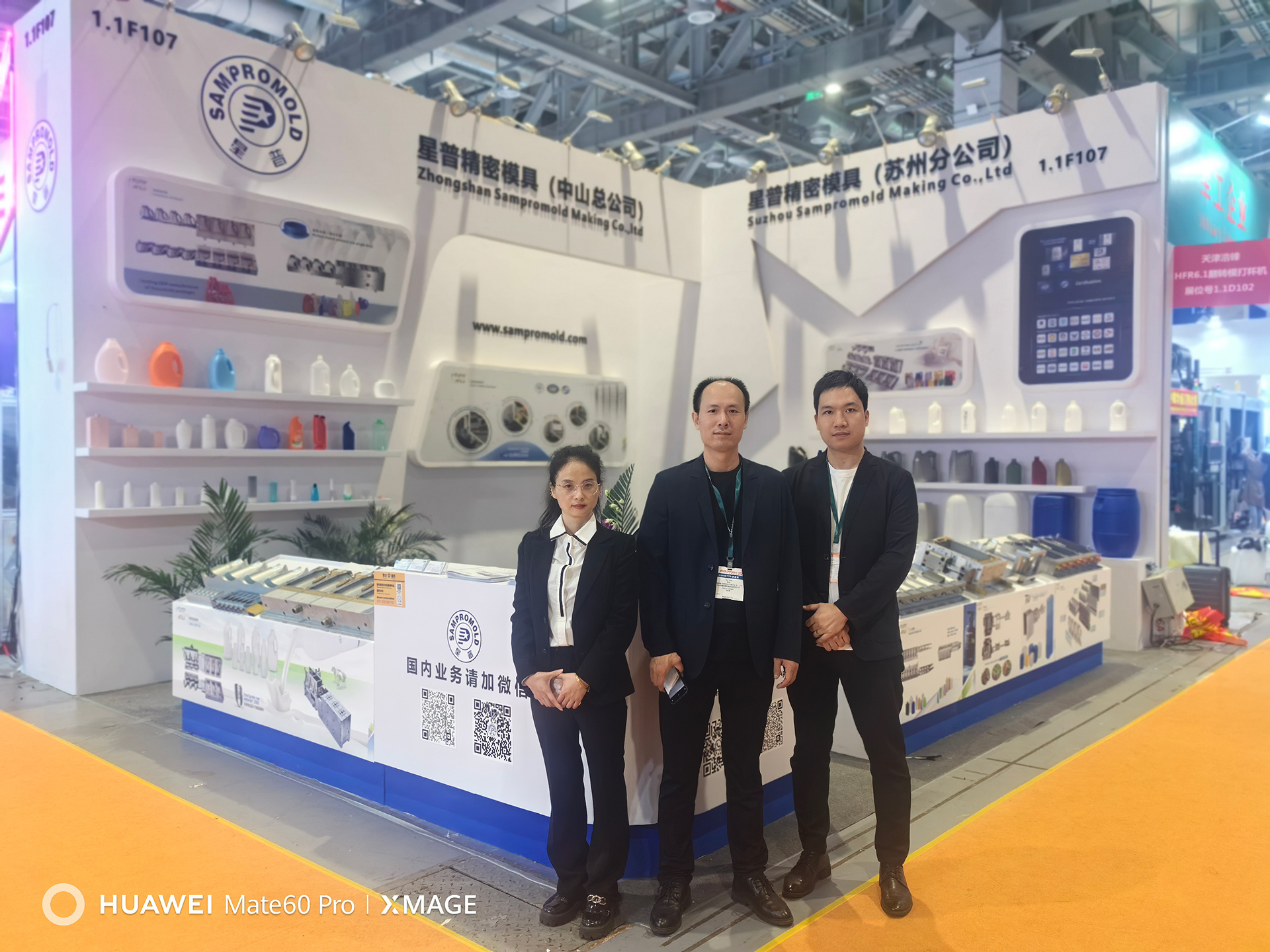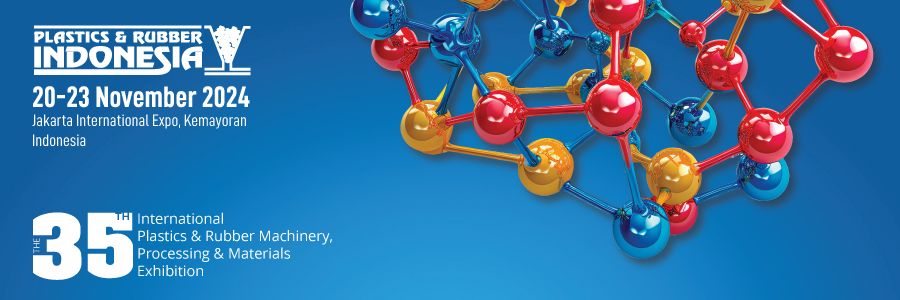Unveiling the Wonders of TPE Injection Molding: A Comprehensive Guide
Time:
2025-08-31
What is TPE Injection Molding?
Hey there! If you're diving into the world of manufacturing, you've probably come across the term TPE injection mold. So, what's the buzz all about? TPE, or Thermoplastic Elastomer, is a versatile material that's taking the manufacturing industry by storm. It combines the rubber-like properties of elastomers with the recyclability of plastics. That's right, folks—it's the best of both worlds!
Why TPE? The Benefits Galore!
Now, let's not beat around the bush. You might be wondering, why should I care about TPE injection molding? Well, let me tell you! Here are some of the standout benefits that'll have you jumping on the TPE bandwagon:
- Flexibility and Durability: TPE materials can stretch, twist, and bend without losing their original shape. Perfect for those high-demand applications!
- Easy to Process: TPE injection molds are a breeze to work with. They flow easily into molds, making production quicker and more efficient.
- Eco-Friendly: As a thermoplastic, TPE can be recycled and reused. High fives for sustainability!
- Wide Application Range: From automotive parts to consumer goods, TPE is everywhere. It's like the Swiss Army knife of materials!
How Does TPE Injection Molding Work?
Alright, let's get into the nitty-gritty. The TPE injection molding process is pretty straightforward, but oh-so-fascinating. Here's how it generally goes:
- Material Preparation: First off, TPE pellets are heated until they melt. Think of it as making a delicious batch of melted chocolate!
- Injection: The molten TPE is then injected into a prepared mold. This mold is designed to shape the material into the desired product.
- Cooling: Once the injection is done, the mold is cooled, allowing the TPE to solidify. Patience is key here!
- Demolding: Finally, the mold opens, and voila! You've got a shiny new TPE product ready to rock!
Applications of TPE Injection Molding
Let's take a moment to appreciate all the places where TPE injection molds shine. The possibilities are practically endless! Here are just a few:
- Automotive Industry: TPE is used for seals, gaskets, and even interior components. It's all about that comfort and durability on the road.
- Consumer Electronics: Think smartphone cases and remote controls. TPE provides that soft-touch feel and excellent grip.
- Medical Devices: TPE is used in applications that require biocompatibility. Safety first, right?
- Sports Equipment: From grips on racquets to cushioning in shoes, TPE helps enhance performance!
Challenges to Consider
Now, I won't sugarcoat it. While TPE injection molding is fantastic, it does come with its own set of challenges:
- Cost: The initial investment in TPE materials and molds can be higher compared to traditional plastics.
- Processing Temperatures: TPE materials require precise temperature control during processing to avoid defects.
- Limited High-Temperature Performance: While TPE is versatile, it may not perform well in extremely high-temperature environments.
In Conclusion: TPE Injection Molding is Here to Stay!
So, there you have it! Whether you're a seasoned pro or just dipping your toes in the manufacturing waters, TPE injection molds are definitely worth your attention. With their unique properties and broad applications, TPE is shaping the future of production as we know it. Don't miss out on this game-changer in the manufacturing world!
Ready to Dive Deeper?
If you're curious to learn more about TPE injection molding or want to explore specific applications, feel free to reach out! The world of manufacturing is ever-evolving, and there's always something new to discover.
RELATED NEWS












